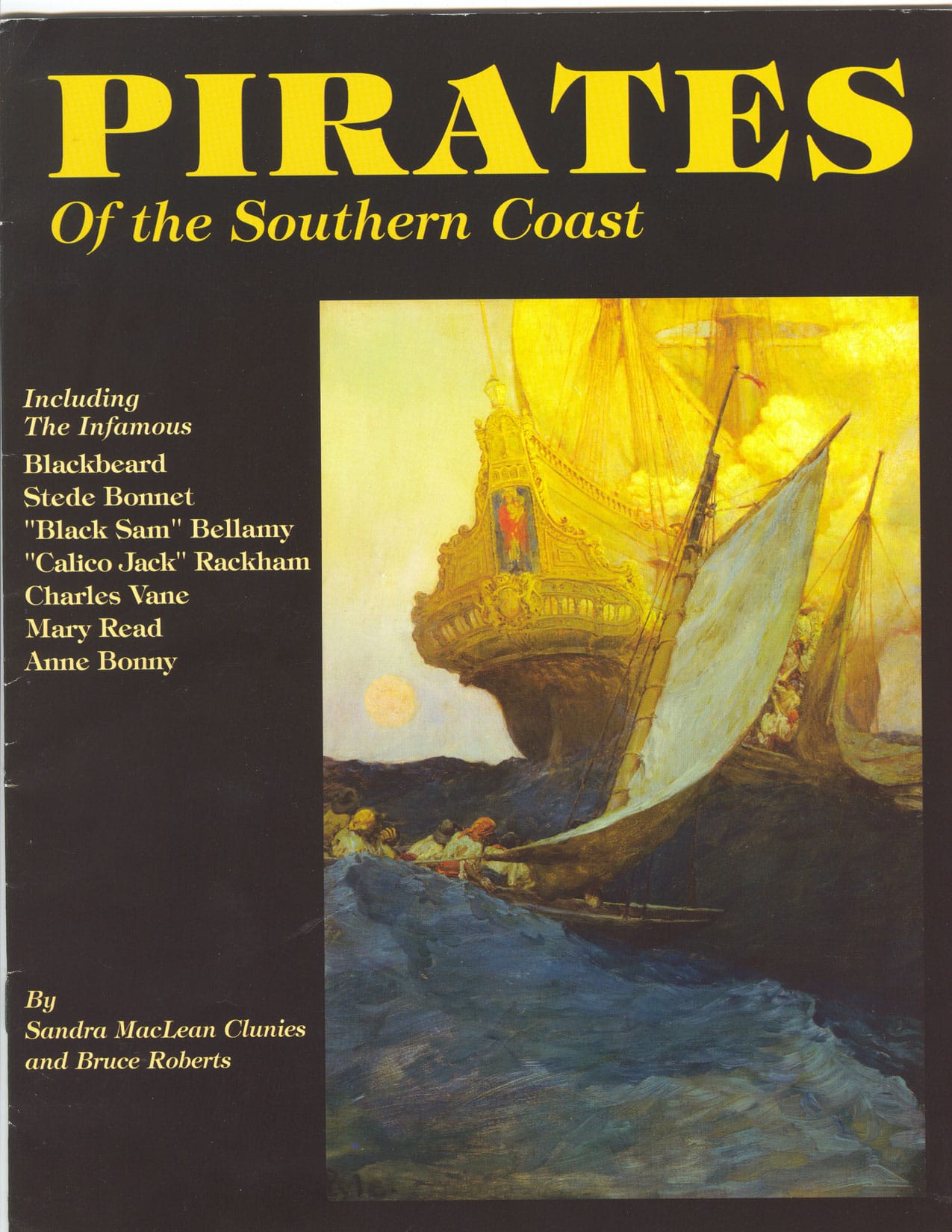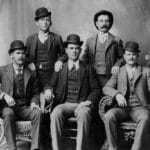Samuel “Black Sam” Bellamy, a name whispered with a blend of fear and admiration, amassed a fortune exceeding $140 million in today’s currency during his short but impactful reign as a pirate captain. Though shrouded in the mists of time, Bellamy’s story extends beyond mere plunder, hinting at a complex figure motivated by principle and a desire for a more just society. The tragic loss of the Whydah, Bellamy’s flagship laden with unimaginable riches, off the coast of Cape Cod cemented his legend and fueled centuries of treasure-seeking obsession. Modern archaeological discoveries continue to unearth artifacts from the Whydah, providing glimpses into the life and times of Bellamy and his crew, and challenging established narratives of the Golden Age of Piracy.
From Humble Beginnings to Pirate Prince: The Rise of Samuel Bellamy
Born in Hittisleigh, Devon, England in 1689, Samuel Bellamy’s early life remains shrouded in mystery. Limited information suggests a life tied to the sea from a young age. He likely dreamt of a life beyond the ordinary, a life of adventure probably sparked by tales of the vast ocean and the New World. While historical records are scant, Bellamy likely ventured across the Atlantic seeking fortune. Some accounts suggest a love affair with Maria Hallett of Massachusetts, thwarted by her disapproving family, may have contributed to his turn to piracy. This tantalizing detail, while difficult to verify definitively, adds a human dimension to the burgeoning legend.
Bellamy’s entrance into the world of piracy began under the tutelage of Captain Benjamin Hornigold, a renowned yet somewhat “principled” pirate captain. Hornigold primarily targeted other pirates and corrupt officials, a practice that likely influenced Bellamy’s own evolving sense of justice. This mentorship, alongside figures like Edward Teach (later known as Blackbeard), shaped Bellamy’s early pirate career. However, a disagreement over tactics led to Bellamy parting ways with Hornigold and taking command of his own ship. His natural charisma and egalitarian ideals quickly attracted a loyal following, establishing him as a rising force in the pirate world.
The Whydah: A Pirate King’s Floating Fortune
In 1717, Bellamy captured the Whydah Gally, a heavily armed former slave ship ironic in its transition to a symbol of freedom under Bellamy’s command. He transformed the Whydah into his flagship, decking it out with over 28 cannons and effectively crafting the most powerful pirate ship of its time. The Whydah, brimming with valuable cargo from previous captures, significantly contributed to Bellamy’s rapid accumulation of wealth. This wasn’t just any ship; it was a floating treasury, carrying silks, spices, gold, and jewels from all corners of the globe.
Did you know that the infamous pirate Sam Bellamy was known to fly a black flag with a white skull and crossbones, a symbol of death and danger? Fearsome pirates like Calico Jack often used these symbols to intimidate their enemies. Bellamy, however, cultivated a different image. Unlike more ruthless contemporaries, he developed a reputation for fairness and generosity amongst his crew and even some of his captives. He often released prisoners unharmed, sometimes even providing them with supplies. This unusual compassion, coupled with his eloquent critiques of societal injustice – he saw himself as a rebel against an oppressive establishment rather than a common thief –, earned him the moniker “Robin Hood of the Sea.” This title, juxtaposed against the traditional image of a bloodthirsty pirate, adds another layer of intrigue to Bellamy’s story.
A Tragic End and a Legacy of Treasure
In April 1717, just a few months after capturing the Whydah, a fierce nor’easter struck off the coast of Cape Cod. The ship, laden with treasure, was no match for the raging sea. The Whydah was driven onto treacherous shoals and completely wrecked. Bellamy and nearly his entire crew – around 144 men – perished, with only two known survivors to tell the tale of that terrible night. The exact circumstances of Bellamy’s death remain shrouded in mystery. Did he go down with the ship? Was he swept overboard? We will likely never know for sure.
The Whydah, carrying an immense fortune in plundered treasure, sank to the depths, transforming from a pirate flagship into a legendary shipwreck. The scale of Bellamy’s wealth, lost to the waves, cemented his place as the richest pirate in recorded history. The mystery surrounding his death and the lost treasure fueled centuries of fascination and treasure hunting. It wasn’t until 1984 that underwater explorer Barry Clifford located the wreck of the Whydah off Wellfleet, Massachusetts. The ongoing recovery of artifacts, including the ship’s bell and personal effects of the crew, continues to provide valuable insights into their lives and the Golden Age of Piracy. Experts believe a substantial portion of the treasure still lies buried beneath the sands, prompting continued exploration and ongoing research that suggests the wreckage might be more spread out than initially thought.
The Enigma of “Black Sam”: Deconstructing the Myth
The nickname “Black Sam” likely stemmed from Bellamy’s rejection of the fashionable powdered wigs of the era. He preferred to tie back his long, dark hair, a simple act of rebellion that set him apart from the norm. This, combined with his unconventional approach to piracy – his fairness, his principles in the face of greed, and his articulation of social injustice – contributed to a complex and intriguing persona. Was he a ruthless pirate or a man of principle? A villain or a folk hero? Perhaps he was a bit of both. The true story of “Black Sam” Bellamy likely lies somewhere in the gray area between those extremes, a place where history and legend intertwine, a story still being unveiled by ongoing research. Each artifact unearthed adds another piece to the puzzle, gradually painting a richer, more nuanced picture of this enigmatic figure. The research continues, suggesting there is still much to learn about the man who challenged our perceptions of piracy and left an enduring mark on maritime history.















